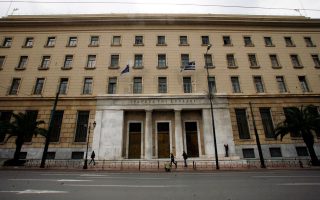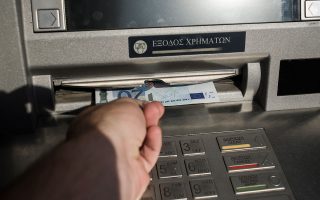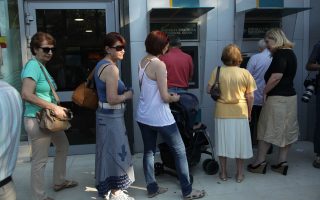Fed: Systemic lenders’ recap needs estimated at 24-31 bln

In a report presented to its board of directors last Friday, the US Federal Reserve estimates the recapitalization needs of the four systemic Greek banks at between 24 and 31 billion euros.
According to the optimistic scenario, after the bank holiday and the high capital outflows of previous months, their capital needs have risen to 21 billion euros. And that is on the assumption that the minimum capital adequacy ratio stays at 5.5 percent, which was the minimum requirement for Tier 1 risk-based capital during the last stress tests conducted by the European Central Bank.
However, given that the situation in Greece is “not rosy” and that the economy has sustained severe damage, the Fed report notes that it is “reasonable” to assume that their regulator – the ECB – will ask for a higher capital ratio of 12 percent, as it did in the case of Bank of Cyprus. If that happens, the four banks’ recapitalization needs will rise to 31 billion euros.
The Fed report notes that these projections are conditional on a new program for Greece which avoids a sovereign default. In particular, it assumes no losses on government bonds held by the four systemic banks, which it estimates at 23 billion euros. It also assumes that deferred tax assets (DTAs) will continue to be accepted by the ECB as part of their capital.
According to media reports, the ECB considers the current levels of DTAs accepted as capital as unrealistic and excessive and has been debating a drastic slash. As the report notes, the DTAs amount to half of the registered capital of the Greek banks, or 13 billion euros. According to the Fed report, in the case of a Greek default these assets will not be accepted by the ECB, raising the cost to Greek banks to 36 billion euros.
The report assumes that Greek banks' nonperforming loans stand at 50 percent of total loans as of July and that the banks will write off their risk-weighted assets by this percentage, with a recovery rate of 20 percent. However, it also notes that there is great uncertainty regarding this assumption and that this estimate could go much higher.





